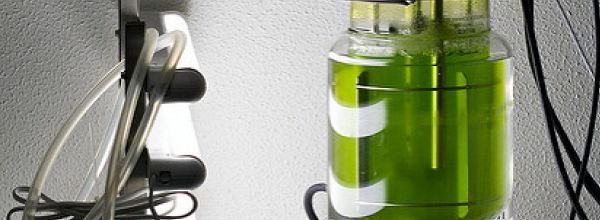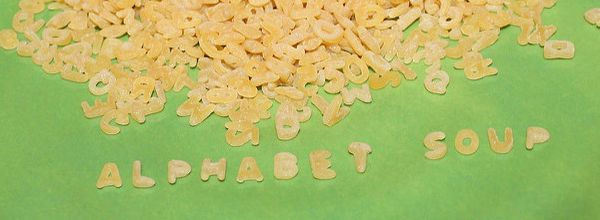Do you use human cell lines in your research? Well, keep reading because this may be the most important article you will ever read in your research career. It is estimated that 18-36% of all actively growing cell line cultures are misidentified and/or cross-contaminated with another cell line (1). For researchers, this could mean that a significant amount of the experimental data published in current and past journals is invalid. Every year, millions of dollars of public money are spent on wasted research and this is happening not just here in the United States but around the world as well.
Cell line misidentification and cross-contamination has been around for more than 50 years. It was finally brought to light in 1966 by Stanley Gartler, who reported that 19 supposedly independent human cell lines were in fact HeLa cells (2), which are known to be extremely robust and fast growing (even able to contaminate other cultures by aerosol droplets!). There was much resistance to his findings and scientists didn’t want to admit that the research done using those contaminated cell lines may be questionable and potentially irreproducible. Walter Nelson-Rees was one scientist who didn’t want Gartler’s findings to be “swept under the rug”. Nelson-Rees highlighted the papers and the scientists who were publishing experimental data using misidentified cell lines and for this, in 1981, he lost his contract with the National Institutes of Health (NIH) because his behavior was deemed “unscientific” (3). From 1981 and on, misidentification went unchecked and even cell line repositories continued to distribute lines under their false names (3).
To make the problem worse, certain cell culture practices may be aiding cell misidentification and cross-contamination, including the practice of assessing the phenotypic characteristics, such as protein expression, as a way to properly identify the cell population. It has been proven that phenotypic expression can change with an increased passage number or even with changes in growth medium or other cell culture conditions(4). The most popular modern way of assessing the correct identity of the cell line (“cell line authentication”) is to perform short tandem repeat (STR) DNA testing. The STR DNA profile of a human cell line is similar to a person’s fingerprint; it is unique to that individual. STR testing is now the “gold standard” of human identification testing and is routinely used by the FBI in profiling convicted offenders (CODIS). STR profiling is a straightforward and effective way to confirm, for example, that the cell line you think you have been using for the past 5 years, is in fact, the genuine cell line, and not some contaminant that invaded the culture 3 years back! In fact, more and more journals are requesting that researchers include a statement in the “Methods and Materials” section as to whether or not they authenticated their cell lines. Not properly authenticating the lines may prohibit the article from being published.
Cell line misidentification and cross-contamination continues even today because the problem has not been properly brought to the attention of researchers. Many researchers learn about the service the hard way, i.e. at the last minute when the journal requests confirmation of authentication before considering your article for publication. If you test right before publication and find that your cell line is misidentified, at what point along the experimental process did it get mislabeled or contaminated? Was it the first week of experiments? Was it 2 years into the project? Or maybe it was mislabeled right before your last experiment after 5 long years of hard work. In a survey that profiled 483 researchers who actively use cell cultures, only 33% authenticate their cell lines and 35% obtained their lines from other laboratories rather than a cell line repository, such as ATCC (3). Do you trust all of your colleagues to never make a mistake in labeling the tubes or cell culture flasks? Is not testing the authenticity worth the potential wasted time and money performing experiments using the wrong cell line? These are valid questions all researchers should be asking themselves. We, as researchers, expect to use only the best reagents and supplies but the one aspect of the experiment that may be the most important, i.e. the cell line, is consistently and explicitly overlooked. Without verifying the identity of the cell line before you start your experiments, every two months during active growth, and just prior to publication you may waste months, if not years (!), of research time, money and resources. Having to retract past journal articles because you cannot replicate your own data is distressing not only to the researchers involved but it also damages the reputation of the institution that supports your work as well. Think about the consequences of not authenticating your cell lines and do the right thing, not just for yourself but for the research community as a whole.
I would love to hear other thoughts and comments on this topic. Tell us about your experiences with cell line authentication – good or bad!
(1) Editorial – Nature 457, 935-936 (2009).
(2) Gartler, SM. Second Decennial Review Conference on Cell Tissue and Organ Culture: 167-195 (1967).
(3) ATCC SDO Workgroup ASN-0002. Cell line misidentification: the beginning of the end: 441- 448 (2010).
(4) Kerrigan, L. Authentication of human cell-based products: the role of a new consensus standard: 255-260 (2011).






